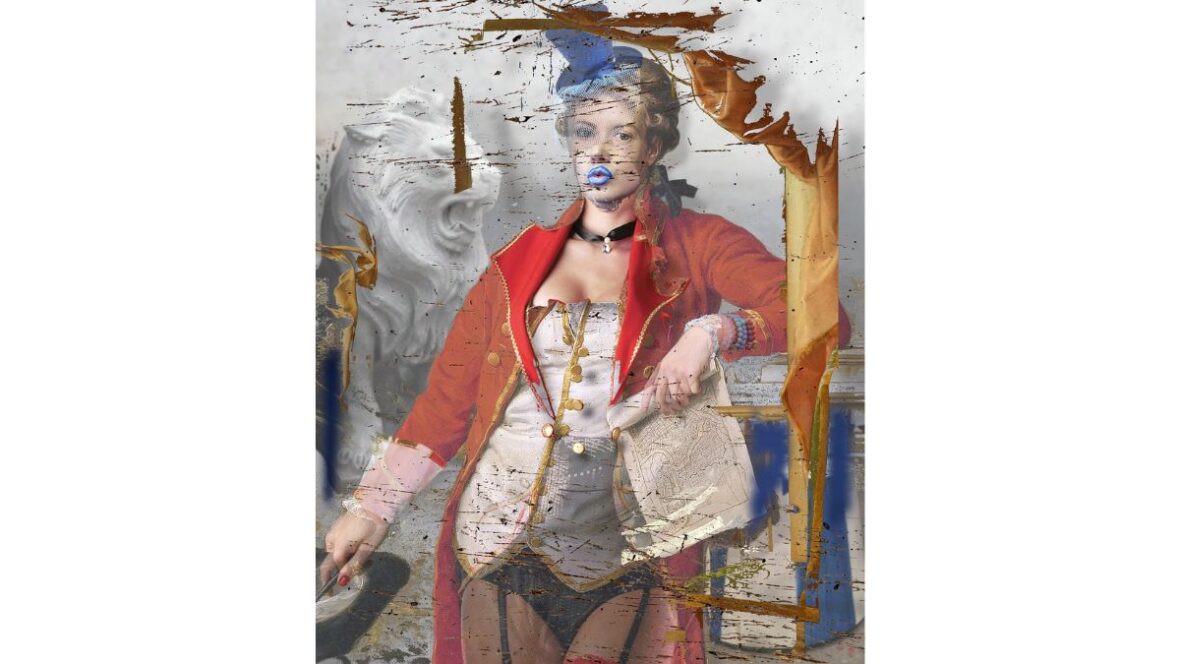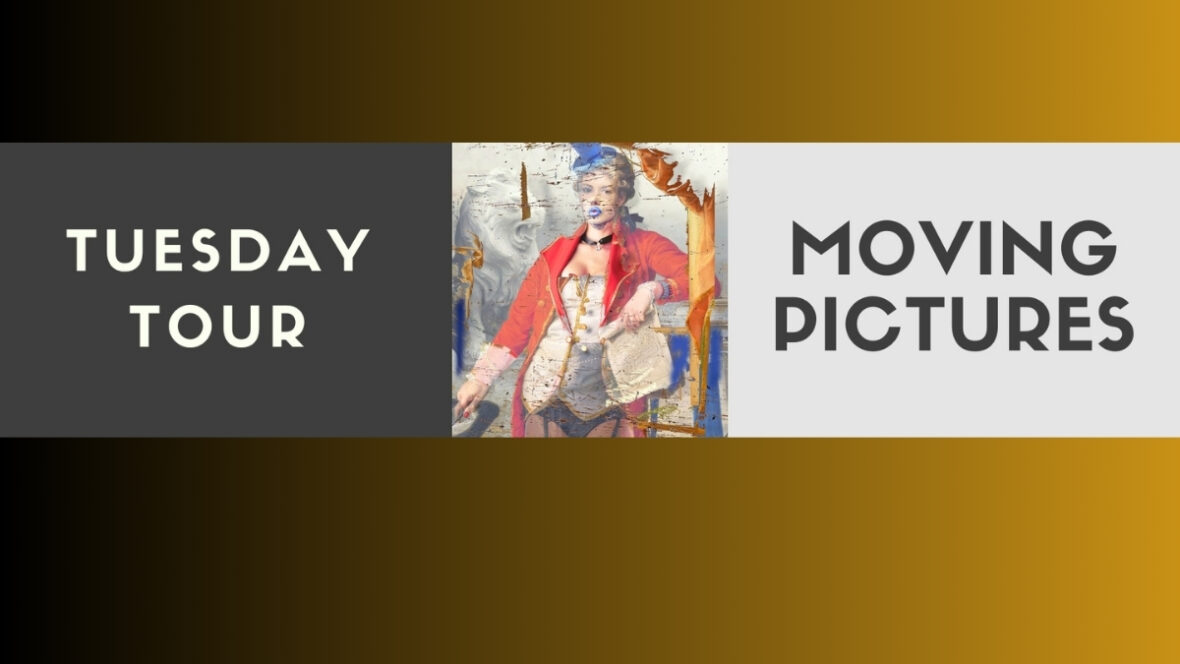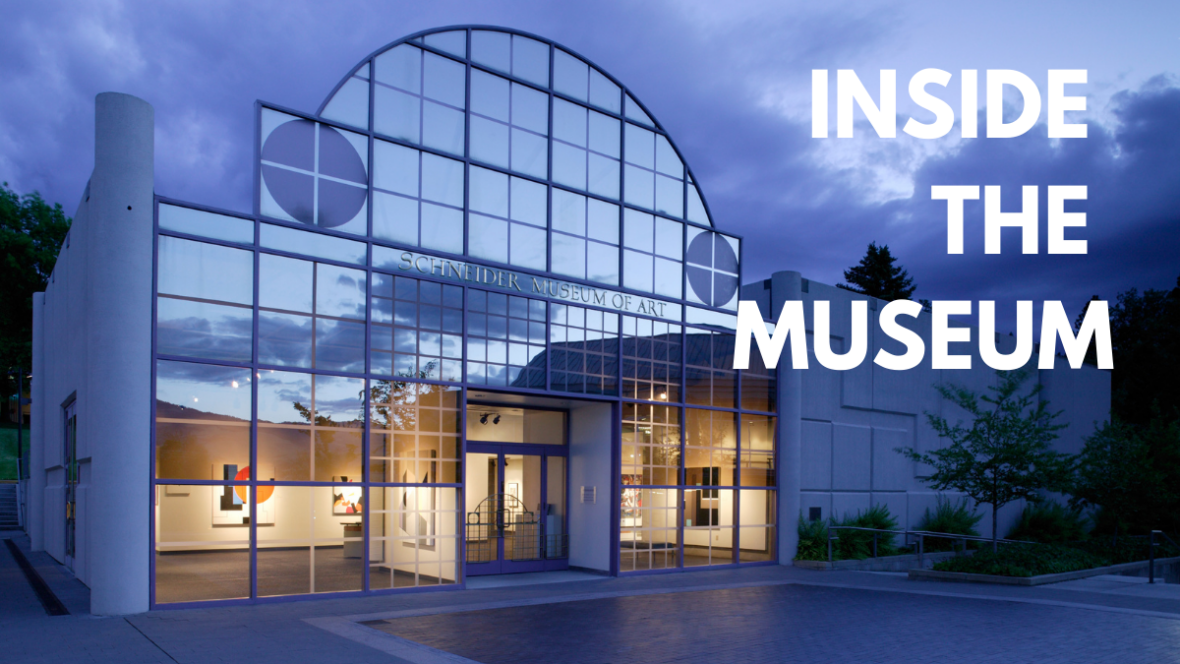Soup to Nuts:
Pop Art and Its Legacy
Exhibition Statement
Something of an ill-defined, collective love affair with Pop Art has been raging strong since 1962, the year the movement created an international media sensation. Pop may now claim the distinction of being the one modem style widely approved of by a general audience; Andy Warhol may well have superseded Picasso as the most recognized artist of the 20th Century. Soup to Nuts presents works by many of the principal artists associated with the movement and its legacy drawn from the collections of The University of Lethbridge, Alberta, Canada.
The idea of Pop has come to be inextricably linked with New York, or at very least urban experience; the expectations of the subject matter of Pop conflated with mass media, optimistic recollection of the sixties, and an attitude of iconoclastic irreverence. Marco Livingstone, author of many important volumes concerning the movement and its artists, warns of the limits of the usefulness of trying to define precisely what is meant by the term, “Pop, like most art historical labels is a convenience for critics and historians but an irrelevance and irritant for most of the artists to whom it is applied.”. Nevertheless, in 1957, British artist, Richard Hamilton, first outlined a set of characteristics and attitudes which remain to be associated with the movement; Pop is:
Popular
Transient
Expendable
Low Cost
Mass Produced
Young
Witty
Sexy
Gimmicky
Glamourous
Big Business
Certainly, confirmation of the presence of all of these separate characteristics and qualities can be made if we collect evidence from the entire set of works by artists associated with Pop. Yet, on balance, something unsatisfying, unconvincing remains. The general picture doesn’t align well with the actual experience of individual works. The list of attitudes lines up most usefully with aspects of works created primarily between 1960-65 by Roy Lichtenstein, Patrick Caulfield, Robert Indiana, Tom Wesselmann and in some elements, Andy Warhol, but not entirely. The primary concerns of George Segal, Edward Kienholz, Claes Oldenburg, Peter Blake, David Hockney, Marisol, Robert Rauschenberg, Jasper Johns and Jim Dine seem only vaguely alluded to. Equally unfortunate, these concepts color and delimit our reception and assessment of the work of the accepted key figures across different time periods. Artists working outside America and Britain are customarily downplayed in presentations about Pop. Soup to Nuts acknowledged a broader use of the term.
In 1959-1960, Claes Oldenburg, Tom Wesselmann, Jim Dine and George Segal among others regularly exhibited together as the Judson Group at the Judson Gallery of Judson Memorial Church, NY. These artists along with Robert Rauschenberg, Jasper Johns, Edward Kienholz, Marisol, Red Grooms, Arman, Louise Nevelson, Larry Rivers, among others were frequently grouped in countless exhibition combinations. However termed, all seemed to share one common stylistic bond. Rather than dedication to abstract art and the language of form, they all re-asserted the primacy of subject matter, humanity and the human condition as the principal subject matter and concern of their work. Each had their own particular point of view upon this enterprise ranging from the humor of Lichtenstein to the irony and satire associated with Warhol and Wesselmann, to the sentiment and melancholic existentialism of Segal to the bitter sometimes angry social critique of Kienholz. This worldwide trend was importantly noted by the International Exhibition of New Realists, held in November 1962 at Sidney Janis Gallery, NY. Their work was fresh and seductive, following a countless variety of options, ranging amongst abstract figuration, collage, assemblage, and neo-Dada. By that time this diverse set of art activities was coming to be referred to under the stylistic banner: Pop Art.
Soup to Nuts presented the work of British, American, and Canadian artists associated with this original and more inclusive set of artistic practices, which we initially termed Pop art. This broader view allows the viewer to comprehend the range of expression explored by many of the key artists throughout their careers and to appreciate the larger impact of these artists and the movement upon subsequent and current generations of art makers.
Curator
Jeffery Spalding
Artists
Roy Lichtenstein
Robert Rauschenberg
Stuart Davis
Richard Estes
Robert Indiana
Peter Blake
John Will
Michael Snow
Iain Baxter
David Hockney
Greg Curnoe
Claes Oldenburg
David Salle
Andy Warhol
Ron B. Kitaj
Joe Tilson
David Thauberger
Christo
Tom Wesselmann
Patrick Caulfield
Joyce Wieland
William T. Wiley
Peter Philips
Chuck Close
Allen Jones
Roy De Forest
Eduardo Paolozzi
Ed Ruscha


